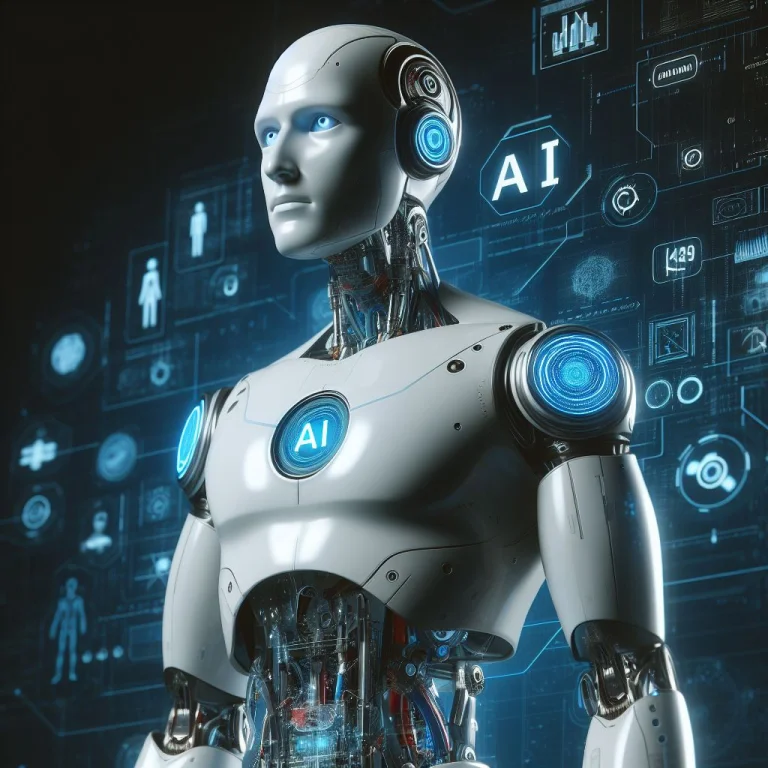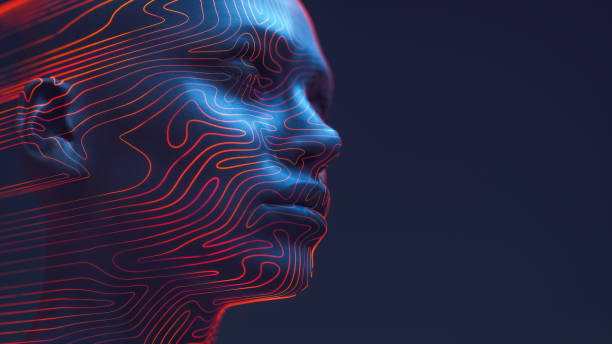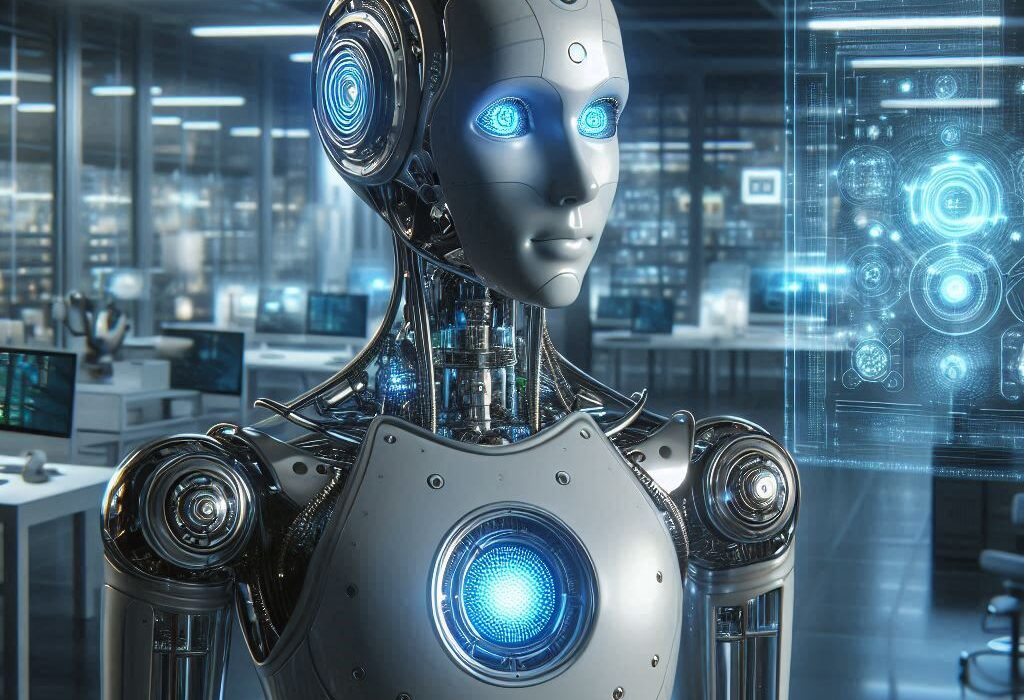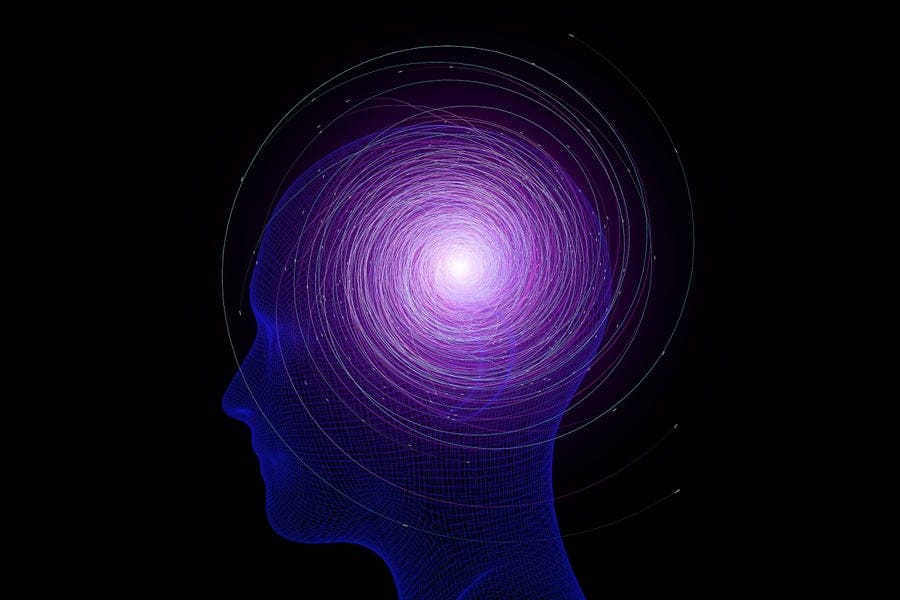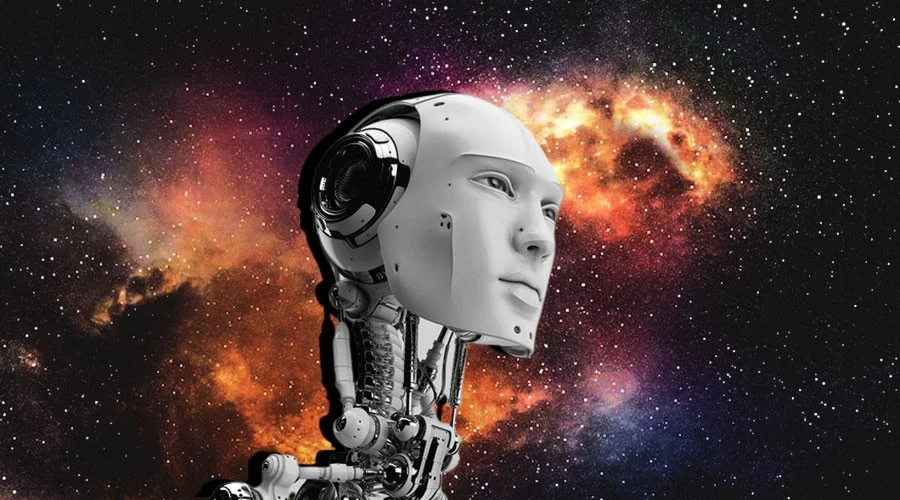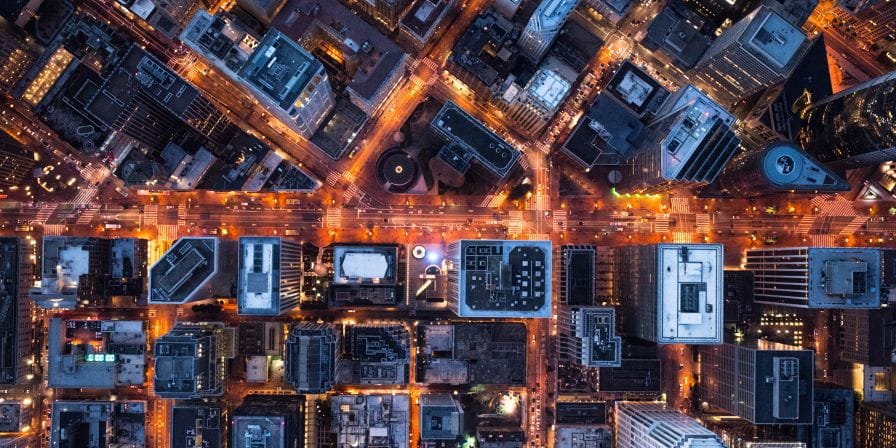We are standing on the precipice of one of the most transformative periods in human history—a technological revolution that promises to redefine not just industries, but the very fabric of our daily lives. This revolution isn’t fueled by steam or electricity, nor is it the internet’s second coming. It’s driven by something even more potent: artificial intelligence, or AI.
AI is not new. It has lived in the imaginations of scientists and storytellers for nearly a century. From the mechanical automatons of the early 20th century to HAL 9000 in 2001: A Space Odyssey and the lovable WALL-E, artificial intelligence has long been a cultural motif. But what once existed solely in fiction has now breached the boundaries of reality. The AI of today is not just theory—it’s a working, breathing force shaping the world around us.
And over the next decade, AI will not simply evolve. It will become the most important technology of our time, touching every corner of the globe and every layer of society. Its influence will be both visible and invisible, benevolent and, at times, challenging. But above all, it will be unavoidable.
Let’s take a deep, immersive journey into why AI is destined to be the defining technology of the next ten years, and how it will change everything—including you.
From Narrow to Everywhere: The Evolution of AI
Artificial intelligence has, for decades, been a field of specialized tools. “Narrow AI” refers to systems designed to perform specific tasks: play chess, recommend movies, or detect spam emails. These applications, while impressive, were often confined to a single domain.
But what we are seeing now—and will see more of in the coming decade—is the rise of general-purpose AI technologies. These are systems not only capable of excelling in one area but of learning, adapting, and extending their capabilities into multiple domains. Think of AI systems that can write a novel in the morning, compose music by noon, and analyze stock markets by evening.
More significantly, AI is no longer restricted to labs and data centers. It is bleeding into our lives in subtle but profound ways. Voice assistants, facial recognition, predictive text, GPS traffic suggestions—these are all rudimentary manifestations. In the next decade, this integration will deepen, and AI will become as ubiquitous as electricity.
Whereas electricity was the enabler of the 20th century, AI is poised to be the intelligence layer of the 21st.
AI in Healthcare: A Silent Revolution
Imagine a world where diseases are detected before symptoms appear. Where your smartwatch knows you’re about to have a heart attack before you do. Where doctors consult AI models before making diagnoses—not because they don’t trust their expertise, but because the AI has read every medical paper ever written and seen patterns invisible to the human eye.
This is not science fiction. It is the frontier of AI in healthcare.
In the coming decade, AI will completely transform how we prevent, detect, and treat diseases. Machine learning models will mine terabytes of genetic, lifestyle, and environmental data to predict risks and suggest interventions. Cancer detection will be faster, more accurate, and cheaper. AI radiologists already outperform humans in detecting early-stage tumors in some cases.
Beyond diagnostics, AI will personalize medicine. By analyzing your genetic profile, lifestyle, diet, and environment, it will recommend precisely the treatment you need—no more, no less. The one-size-fits-all approach of modern medicine will fade, replaced by precision health.
AI will also power drug discovery. Instead of taking years and billions of dollars to develop new treatments, AI algorithms will simulate interactions between millions of molecules and proteins, identifying promising compounds in days.
The healthcare systems of 2035 may be largely unrecognizable to us today—more efficient, more data-driven, and, ideally, more equitable. And AI will be at the heart of it all.
AI and the Workplace: Reinvention, Not Replacement
Perhaps the most controversial subject around AI is its impact on jobs. Fears abound: robots taking over, humans made redundant, an economic dystopia where work is obsolete. While it’s true that AI will displace certain roles, the full story is far more nuanced—and optimistic.
The workplace of the next decade will not be defined by replacement but by reinvention. Routine, repetitive tasks—whether in data entry, logistics, or customer service—will increasingly be handled by AI. This will free human workers to focus on what we do best: creativity, empathy, strategy, and collaboration.
A marketing professional won’t spend hours crunching spreadsheets. Instead, they’ll consult an AI dashboard that synthesizes market trends, customer behavior, and competitor analysis in real time. A construction worker may wear AR glasses that use AI to spot structural flaws. A teacher might use AI to personalize lessons for each student based on learning style and progress.
In short, AI won’t take jobs; it will take tasks. And in doing so, it will elevate jobs, making them more human-centered and meaningful.
The next decade will also witness the rise of entirely new professions: prompt engineers, AI ethicists, synthetic content designers, and cognitive architects. Just as the internet created jobs that no one could imagine in 1990, AI will do the same in 2030.
AI and Education: The End of One-Size-Fits-All
Education is ripe for disruption—and AI will be the catalyst.
For centuries, education has followed an industrial model: standardized curricula, fixed pacing, large classrooms. This works for some students but leaves many behind. AI promises a paradigm shift to personalized learning.
Intelligent tutoring systems will adapt in real-time to a student’s strengths, weaknesses, and interests. Struggling with algebra? Your AI tutor will offer tailored exercises and explanations in a way that resonates with you. Excelling in physics? The system will accelerate your learning pace and suggest advanced materials.
AI will also make learning more accessible. Students in rural or underserved areas will access high-quality, AI-driven content on mobile devices. Language barriers will crumble, as real-time translation enables global classrooms. Visual learners, auditory learners, neurodiverse students—each will find educational paths crafted to their needs.
Moreover, AI will assist teachers, not replace them. It will handle grading, suggest improvements to lesson plans, and provide insights on student performance, freeing educators to do what they do best: inspire and connect.
By 2035, education may no longer be a building you go to, but an intelligent ecosystem that comes to you.
AI and Creativity: Machines With Imagination
One of the most astonishing developments in recent years has been AI’s leap into the creative arts. From composing symphonies to generating art, writing poetry, and designing fashion, AI is proving that creativity is not the sole domain of humans.
What does this mean for the next decade?
It means the definition of creativity will expand. Artists will collaborate with AI as co-creators. A filmmaker might use AI to storyboard ideas or generate special effects. A novelist could use AI to develop characters or simulate dialogues. Musicians may remix human emotion with machine logic.
AI-generated content will also democratize creation. You won’t need a Hollywood budget to make a movie or an art degree to design a logo. If you have a vision, AI will help you realize it. This will give rise to a renaissance of everyday creators—people who use AI tools to express themselves in ways previously out of reach.
This doesn’t mean art will become less human. In fact, it might become more human, as creators explore what makes their voice unique in contrast to the algorithm.
Creativity will not die in the age of AI—it will thrive in entirely new dimensions.
AI and Governance: Smarter Systems, Better Decisions?
Governments around the world are already experimenting with AI for public services—predictive policing, traffic control, resource management. Over the next decade, this experimentation will scale.
AI can analyze vast amounts of civic data to optimize urban planning, predict infrastructure failures, and even identify regions at risk for disease outbreaks or environmental hazards. It can help allocate resources more efficiently, cut bureaucratic red tape, and improve emergency responses.
Imagine cities where traffic lights adjust in real time based on vehicle flow. Or disaster response units deployed before a hurricane even hits, guided by AI forecasts. Or policy simulations run through AI models to predict outcomes and unintended consequences.
Of course, this also raises profound ethical questions. How do we ensure transparency, accountability, and fairness in AI-driven governance? What safeguards must exist to prevent abuse or bias?
These questions will dominate political discourse in the next decade. The future won’t just be about building AI systems—it will be about building just AI systems.
AI and the Climate Crisis: Data Meets Planet
Climate change is the defining existential threat of our era. AI won’t be a silver bullet, but it could be one of our sharpest tools in the fight.
AI can model complex climate systems, forecast extreme weather, and optimize renewable energy grids. It can help scientists identify patterns in carbon emissions, monitor deforestation in real time, and suggest interventions.
AI-driven agriculture can reduce waste and increase yields. Smart logistics can cut emissions. Even the design of new materials—like carbon-capturing compounds or sustainable plastics—can be accelerated through AI modeling.
In short, AI will give us the intelligence to act with greater speed and precision in a world that demands both.
The climate crisis will demand cooperation at a scale never seen before—and AI will be the connective tissue linking data, decisions, and action.
AI and the Human Condition: Mirrors and Machines
Perhaps the most profound impact of AI over the next decade won’t be on industry or infrastructure, but on ourselves.
AI forces us to ask: What does it mean to be intelligent? To be conscious? To be human?
As machines write poetry and hold conversations, as they mimic empathy and solve moral puzzles, we’re forced to confront our own limitations and biases. AI may challenge our pride—but also deepen our humility.
We will begin to see AI not as a rival but as a mirror—reflecting our strengths, our weaknesses, our aspirations, and our fears.
We must decide what values we embed in these systems. Do they promote equality or deepen divides? Do they empower or control? Do they learn from our better angels or our worst impulses?
The next decade will be as much about ethical development as technical development.
The AI Ecosystem: Infrastructure of the Future
Beneath all this lies the infrastructure. AI doesn’t exist in a vacuum. It requires data centers, chips, algorithms, sensors, and connectivity.
The next ten years will see an explosion in AI-native infrastructure: edge computing to bring AI closer to users, neuromorphic chips that mimic the brain, quantum processors that supercharge computation, and energy-efficient models that reduce environmental impact.
Just as cities were built around rivers, railroads, and roads—future societies will be built around intelligence flows. Data will be the water. Algorithms, the engines.
Entire economies will rise or fall based on their ability to harness AI at scale. And countries that treat AI as a national priority—ethically, strategically, and inclusively—will lead the future.
Conclusion: The Intelligence Age Begins
The internet connected us. The smartphone mobilized us. But AI—AI will augment us.
It won’t just change how we live. It will change what it means to live. It will reshape work, medicine, art, governance, climate, relationships, and ultimately, identity.
AI is not just a tool. It is a force—neutral in its core but transformative in its use. Like all technologies before it, its destiny will reflect the values of its creators.
In the next decade, we must not only build AI—we must become worthy of it.
Because the Intelligence Age is here. And it is watching, learning, and waiting—for us.
